“A good plan is like a road map. It shows the final destination and usually the best way to get there.” Donald Judd
There are four lesson design questions that can help a trainer design an engaging and effective learning program, no matter what the format is:
(1) What specific, observable, and measurable results are desired?
(2) What level of learning will be required?
(3) What key content needs to be learned to achieve the desired results? and
(4) What learning activities will achieve the desired learning results and attain the desired level of learning?
In Tip #921, we looked at the first two questions. Now, we’ll focus in on the last two questions.
- What key content needs to be learned to achieve the desired results?
In other words, what information is basic or essential to the participants’ understanding of the content?
For example, the key content for the procedural training would be what the procedure is; what it is intended to accomplish (or why it is important); and how to perform it (the steps in the procedure).
The key content for the behavioral change might be what is meant by a “civil manner;” why it is important (or what the consequences are if a civil manner is not used); what constitutes civil (and non-civil) behavior; and how to handle difficult interpersonal situations in a civil manner.
- What learning activities will achieve the desired learning results and attain the desired level of learning?
In other words, what should the participants do during the training session in order to successfully acquire and effectively demonstrate their new learning?
- Specific learning results require specific learning activities.
Following through on our two examples, the training will need to include either actual practice (performing the procedure, which is a hands-on learning activity) or virtual practice (evaluating how to behave in a civil fashion in given contentious scenarios, which are described in case studies).
- Different learning activities are able to achieve different learning levels.
Some learning activities, such as listening to a lecture or watching an instructional video, can only provide knowledge. If we want to check for comprehension, we might use a questionnaire or a directed group discussion. As we’ve already mentioned, hands-on practice will achieve application. Depending upon the type of practice, it can also achieve creation.
Reviewing a case study and answering the questions that follow it can achieve analysis. If the case study is complex and illustrates certain values or standards, it might achieve evaluation.
Trainers who base their training designs on their answers to these four questions are much more likely to create and deliver practical, relevant, and effective training programs.
Contact Deborah Laurel at 608-219-3594 if you need curriculum developed or skill-building training delivered.
#learningdesign #curriculumdesign #learninglevels #trainingdesign





